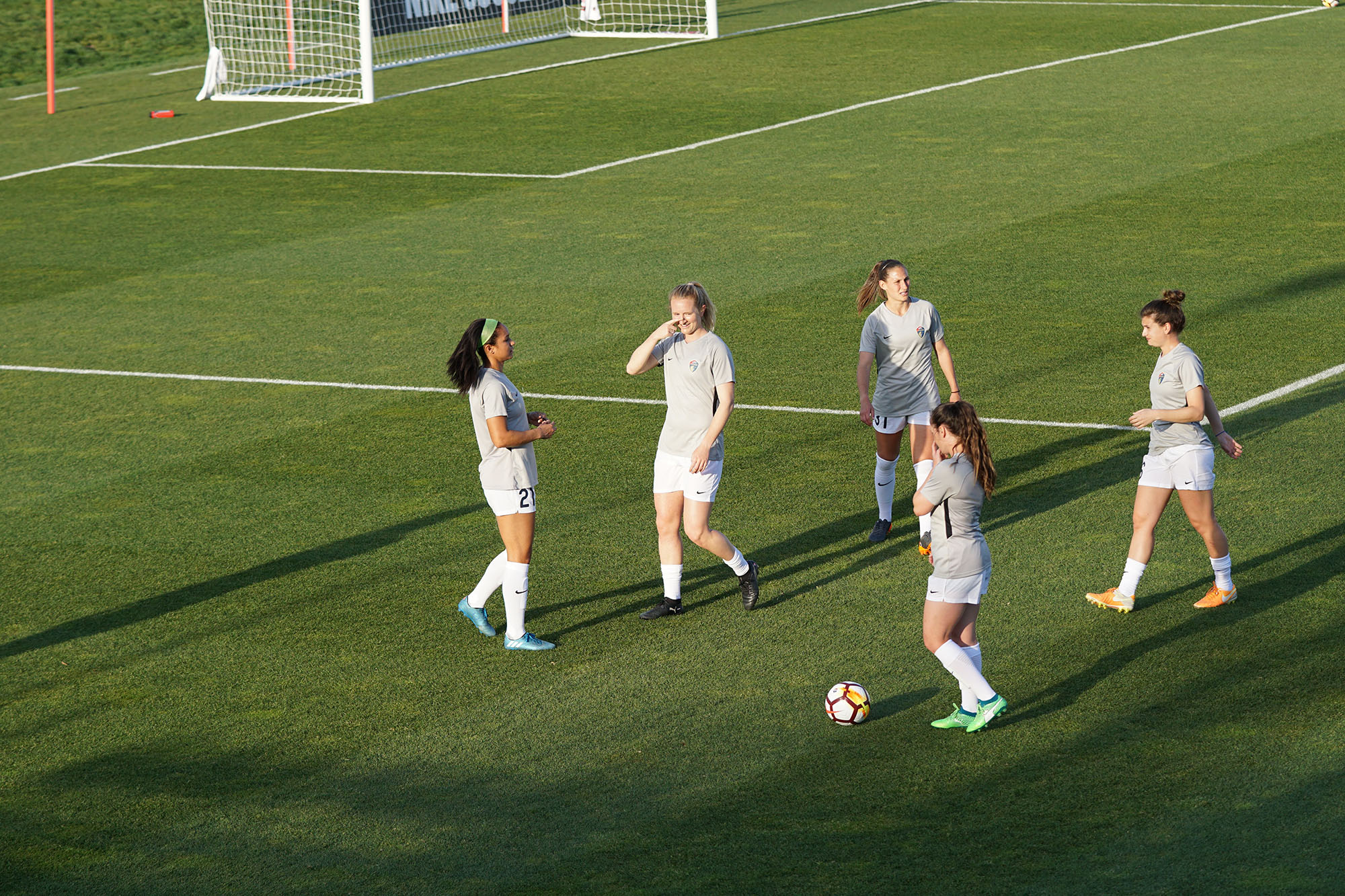Have you heard of overtraining syndrome? Yep, it's a thing. And we're seeing more of it in youth sports, largely due to the fact that club programs demand year round training from their athletes. Below are some signs and risk factors for overtraining and burnout syndrome as well as tips to help avoid it in youth athletes, thanks to our partners at Children's Hospital Colorado.
In today’s society, highly-driven young athletes often struggle with overtraining syndrome. Children are often surrounded by the hype of sports and it is easy to see how a young athlete could push overtraining burnout young athletes themselves too far in their quest to be a great athlete.
As one would expect, when I playfully ask my young patients what they aspire to be when they grow up, a large number respond that they dream of being an Olympic or professional athlete. While this is a worthwhile and lofty positive goal, there can occasionally be a downside. Many young athletes will take training and competing too far.
What is burnout or overtraining syndrome?
Burnout or overtraining syndrome occurs when an athlete has worsening performance despite intense training. It is believed to result from a multitude of factors, such as constant high levels of physiologic or emotional stress, fatigue, immune system failure, or insufficient recovery time.
Athletes who experience burnout may go through a variety of psychological, physiological, or hormonal changes including:
- Decreased sports and/or school performance
- Chronic muscle or joint pain
- Personality or mood changes
- Elevated resting heart rate
- Fatigue
- Lack of enthusiasm or ambition
- Difficulty completing usual routines
- Sleep changes (more or less sleep than usual)
- Decreased appetite and/or weight loss
- Increased injuries, illness, or infections
Is my child at risk of overtraining/burnout?
Young athletes who develop burnout typically share specific characteristics or experiences. These risk factors include:
- Early sports specialization – focusing on one sport from a young age
- Playing one sport, but competing on multiple teams during a season
- Overlapping seasons without intervals of rest
- Year-round participation without an “off season”
- “Type A” personality including ambitious, determined, driven, intense
- Low self-esteem and high anxiety levels
- Parental or coaching pressure to train and compete at a higher level
How do I avoid overtraining/burnout in my young athlete?
Burnout is avoidable and treatable. Reducing the chance of burnout can start with these strategies:
- Periodization: a process of varying the training stimulus to promote long term fitness gains and avoid overtraining. The year as a whole is taken into consideration and divided up into phases. In each phase, the workout emphasizes a specific type of training. Periodization can also be placed in the span of a single week.
- Cross-training by varying workouts to focus on conditioning, weight lifting, strength training, flexibility, or core strengthening
- Focus on proper sport technique
- Slow progression and avoid rapid increase in workload or intensity
- Proper injury treatment and rehabilitation
- Emphasis on sports as tools for fun(!), sportsmanship, fitness, skill acquisition, safety, or education
How much exercise is too much?
Each athlete is different; therefore what is too much for one young athlete will be just right for another athlete.
Working within these specific parameters will help reduce the chance of burnout in your young athlete:
- Maximum sporting activity: 5 days per week
- Minimum rest: 1 day per week
- Seasonal rest: 2-3 months off per year (1 month off every 3 months)
- Maximum training increase: 10% per week
- Participate on only one team per season
- Be sure to check in with the athlete frequently. Ask about sport motivation. Is it still fun?
- Focus on appropriate nutrition, hydration, and sleep
- Limit tournament play
The American Academy of Pediatrics (AAP) estimates that 30 to 50 million kids play youth sports annually. This dramatic increase in recent years is good because children are exercising and staying fit. However, it is important that parents and coaches talk with their young athletes to ensure they are working at the level that is appropriate for the athlete.
Read more on overtraining and burnout in this AAP article titled “Overuse Injuries, Overtraining, and burnout in Child and Adolescent Athletes.”
Check out more sports articles for parents, and learn more about our Sports Medicine Center.

Photo by Jeffrey F Lin on Unsplash
